Space Startups Are Trying to Make Money Going to the Moon
Startup Companies, along with NASA and SpaceX, want to build businesses on the moon— but first they need to get there
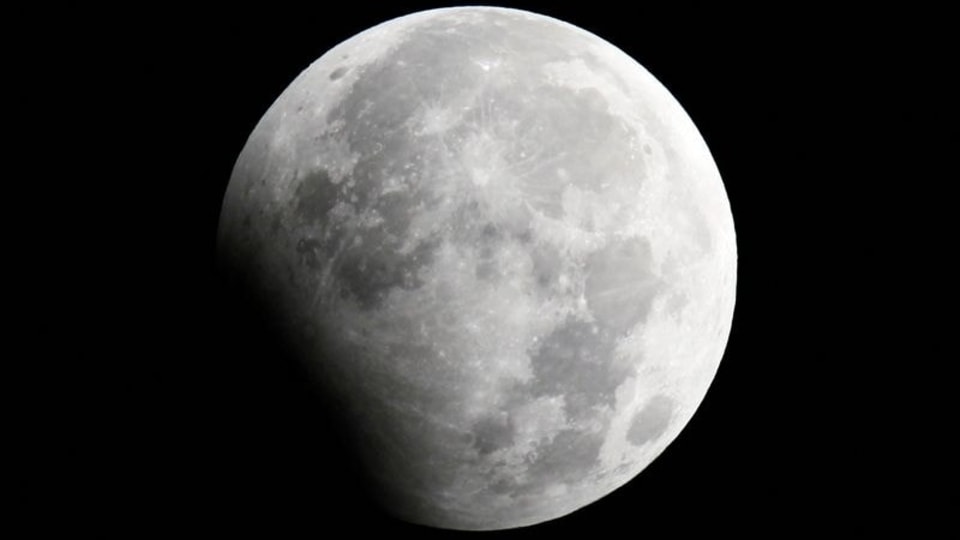
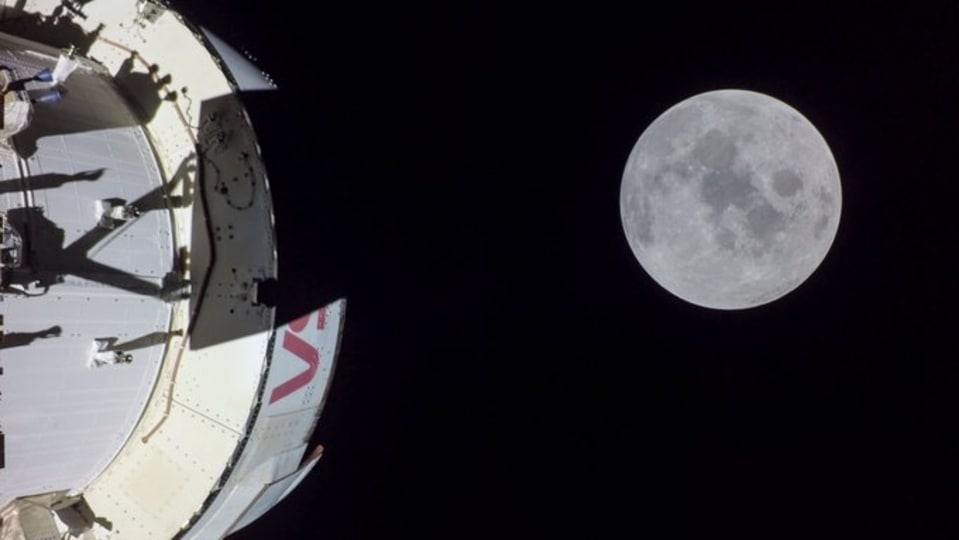

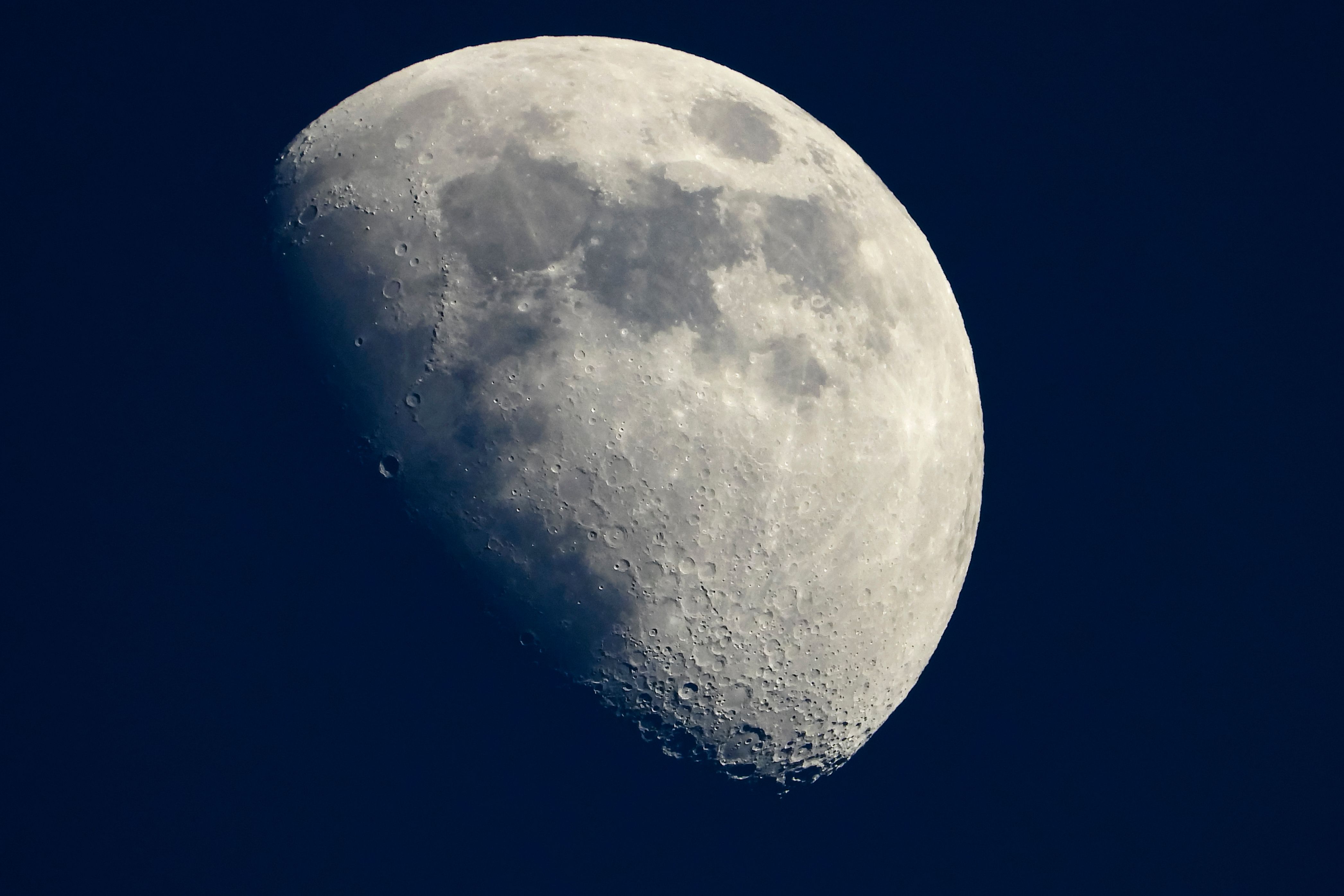

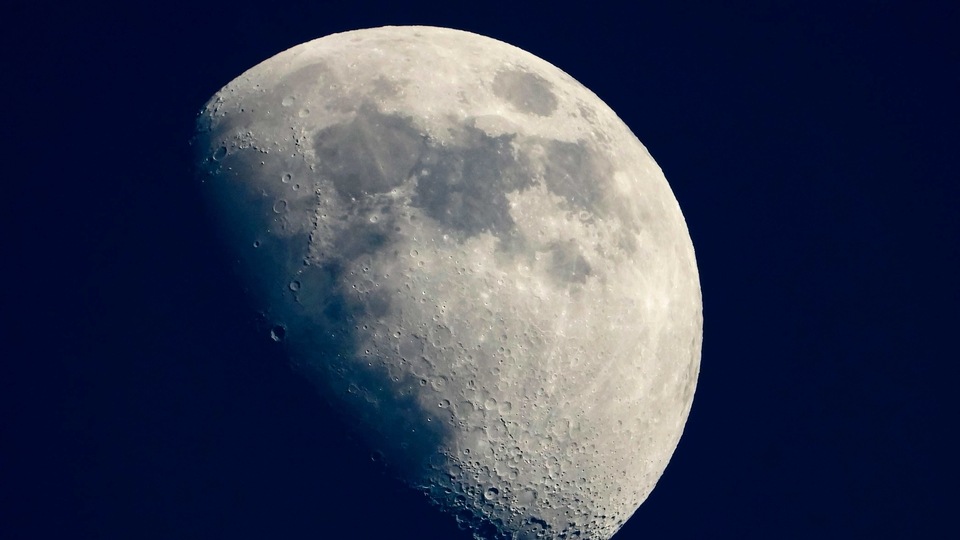
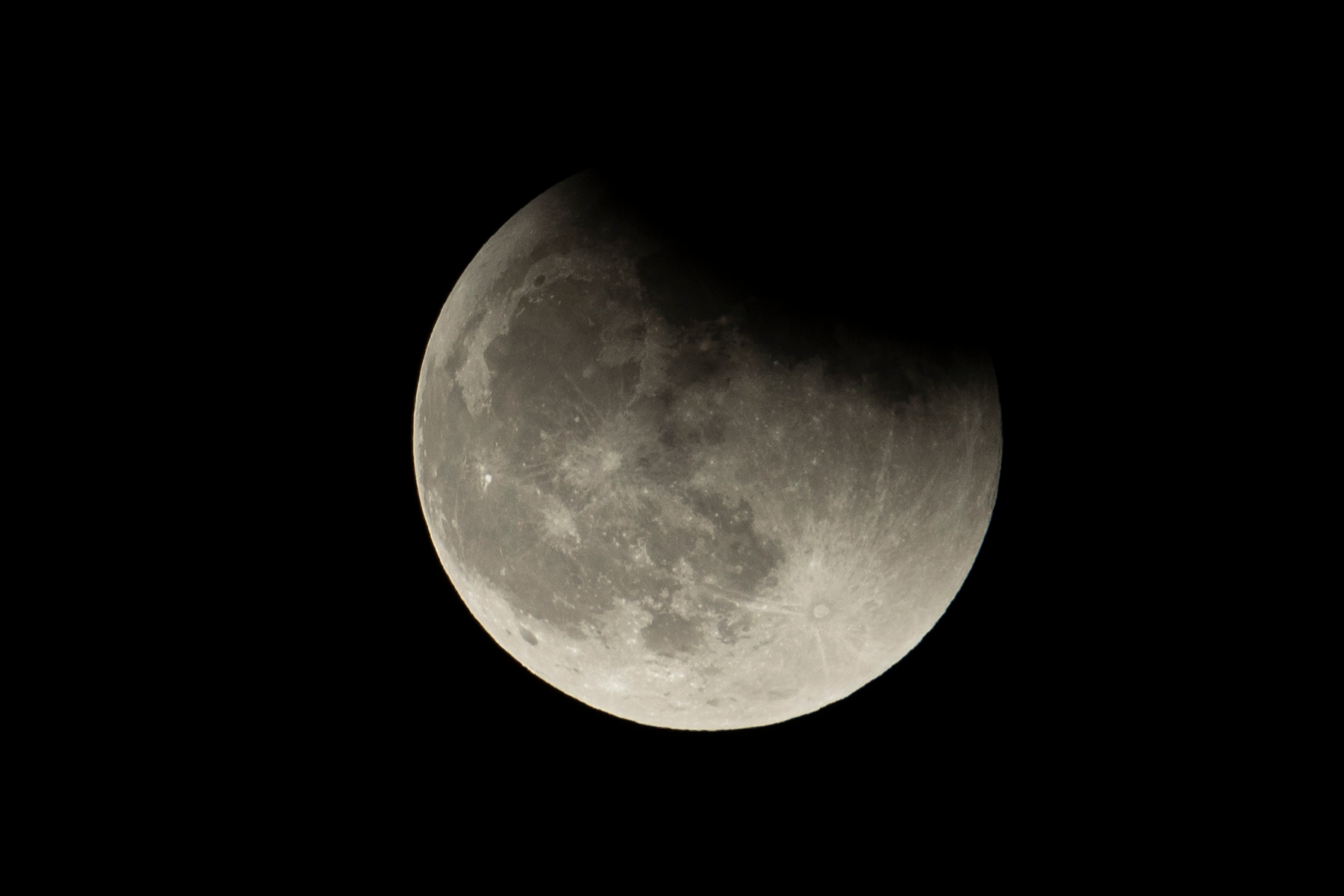
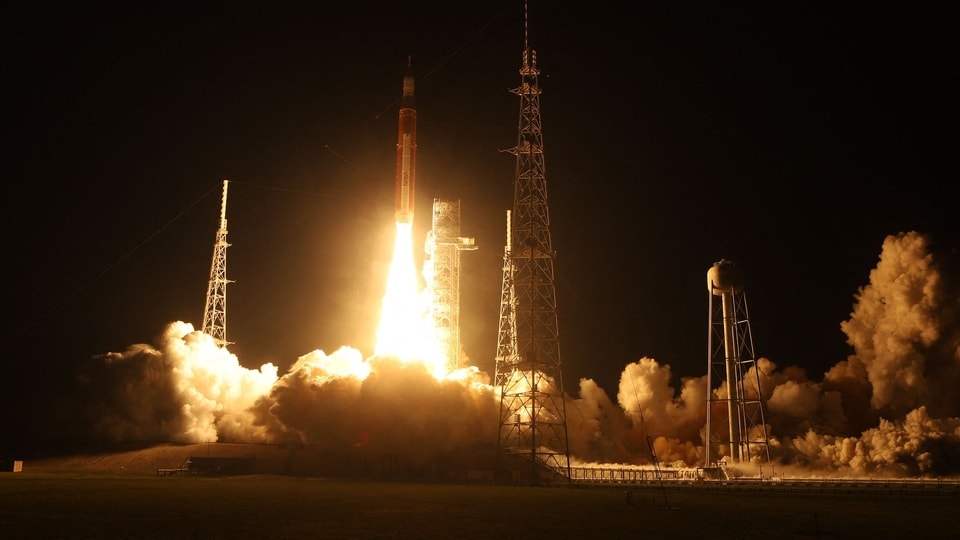
 View all Images
View all ImagesFor years, NASA has been planting the seeds of what it hopes will one day sprout into a full-fledged lunar economy. In the future, private companies could ferry people and cargo to and from the moon, creating a base to conduct science and, eventually, mine resources and even lunar ice as an ingredient to make rocket propellant. It's a grand vision that could start to take shape this year and eventually lead to a marketplace in which companies could use the lunar environment to turn a profit as they do now with orbiting satellites.
Much will have to go right for that future to coalesce over the next decade or so, starting with making trips to and from the moon as routine as satellite launches. For now, the lunar economy consists mainly of money from NASA contracts, and it will probably stay that way well into the decade. If a self-sustaining lunar economy is to emerge, private companies will have to find ways to do business on the moon that doesn't rely on government money.
“The first barrier is: can they get there?” said Chad Anderson, managing partner at venture-investing firm Space Capital. “Then it's: can they get there routinely and reliably?”
In November, the agency launched the first of several missions to the moon in its Artemis program, sending a spacecraft to lunar orbit and returning back to Earth, a precursor for landing people back on the lunar surface for the first time in more than half a century. But this time around, NASA plans to stay for the long haul. The agency is turning to the private sector for help, with the goal of fostering a potential commercial marketplace at the same time.
The agency's first step has been awarding development contracts to commercial space companies to design and launch spacecraft that can ferry payloads and eventually people to the lunar surface. This year three private companies are vying to be the first to land a vehicle intact on the moon. But a smooth landing would be just a tiny step in the right direction. Sustaining equipment in the lunar environment poses major technical challenges, given its average distance from Earth — nearly 240,00 miles (382,500 kilometers) and temperatures that can range from 250 degrees Fahrenheit (121 Celsius) to -208 degrees (-133 Celsius). And transportation to and from the moon is, in the best scenario, decades away from becoming affordable and routine.
“I'm bullish that we'll get there,” said Lori Garver, the former deputy administrator for NASA. “I'm cautious about the timing.”
For the last decade, the space industry's biggest investments have been much closer to home. Some 99 percent of investment in space over that time, or about $272 billion, has gone toward satellites and the rockets that carry them to Earth orbit. The fledgling lunar market is part of a broader category of emerging market investments, Anderson said, which includes satellite servicing and space habitats. Altogether these markets made up just $3.3 billion of space investment in the last decade.
“It's much higher risk. There's risk squared, or even risk cubed. You're investing in something but it's depending on something else being developed at the same time,” Anderson said. “You're assuming ecosystem risk.”
NASA's return to the moon, started under Donald Trump's administration and continued under President Joe Biden, has been the catalyst to make that risk taking palatable for some. “When you declare the moon of strategic interest, that means the government is going to spend money on the moon,” said Steve Altemus, president and CEO of Houston-based space startup Intuitive Machines.
The biggest prize went to SpaceX in April 2021, when NASA awarded the company a $2.9 billion contract to develop its massive Starship spacecraft into a lander that can carry people to and from the lunar surface.
Less high profile has been a program to help cultivate a fleet of smaller robotic spacecraft for transporting payloads and cargo to the moon. The CLPS program, which stands for Commercial Lunar Payload Services, helps companies fund development of these robotic landers. The idea is that NASA will eventually become a customer, buying space on these spacecraft once they're complete, which the companies could then use to earn additional revenue by carrying cargo for other paying customers. In 2019, NASA awarded the first round of multi-million dollar CLPS contracts to three companies, two of which, Intuitive Machines and Pittsburgh-based Astrobotic Technology, are still vying for the moon.
Intuitive Machines and Astrobotic plan to land on the moon sometime this year. Intuitive Machines plans to land on the south pole of the moon in late June after launching on a SpaceX Falcon 9 rocket, while Astrobotic is targeting the largest dark spot on the nearside of the moon called Oceanus Procellarum. Astrobotic's ride will be the debut launch of the Vulcan rocket from the United Launch Alliance.
They're also racing a competitor: A Japanese company, Ispace Inc., has already launched a craft which is on its way to the moon in the hopes of becoming the first private company to land a vehicle intact on the surface. (An Israeli nonprofit, SpaceIL, had designs to land on the moon in 2019, but its craft came in too fast and crashed on the surface.)
Intuitive Machines says it will turn a profit on its first flights, in part by selling space on its lander to customers other than NASA, including Columbia Sportswear and Lone Star Data Holdings, Inc., according to Altemus. Astrobotic is also carrying non-NASA payloads. Its customers include Carnegie Mellon University and the German Aerospace Center. Some customers want to test out various cargo in the harsh lunar environment.
“We can evolve from NASA being the primary customer of activities, with helping establish a lunar economy, to being one of many,” said Jim Reuter, NASA's associate administrator for the Space Technology Mission Directorate.
This strategy — companies getting help from NASA but having their own skin in the game — has been used in the past when the space agency has hoped to foster innovation in a new area of space, whether for satellite launches or sending astronauts and paying customers to low-Earth orbit.
“Always in new markets, the government leads the way,” Anderson said. “This was the case in the space economy at large 12 years ago, before SpaceX.”
As NASA moves forward with its Artemis program, the space agency says it is going to need a range of lunar services, everything from power generation, cargo transport, communications, and more. The hope is private companies will step up to bid on that work. But eventually, NASA doesn't want to be the only one paying for goods and services on the moon. And once regular and more affordable trips to the moon could be secured, new opportunities might emerge.
One potential source of future business could focus on exploiting the moon's natural resources, primarily lunar ice that is thought to be trapped in permanently shadowed regions of the moon's south pole. NASA and others have proposed using this ice for providing water for a habitat or turning it into rocket fuel for spacecraft.
Lunar ice may not be the only prize. Reuter cited the potential for extracting oxygen from the soil, as well as metals and metallic minerals that can be used to manufacture infrastructure for a lunar base and other purposes. “What we try to do is establish an environment where we can be a customer for that and that we can draw from them and be a kind of a co-developer, if you will,” Reuter said.
New markets, as yet unimagined, could arise in the years that follow, said Mike Gold, an executive at startup Redwire Space and a former associate administrator for space policy at NASA.
“The greatest commercial activity” on the moon, Gold said, “is likely one that we're not even contemplating right now.”
But will selling space on a lunar lander be enough to sustain a company in the long term? It's possible this all could be the beginning of a thriving commercial marketplace. It's also possible that NASA may have to serve as the primary customer for the foreseeable future. If that happens, Anderson argues a lunar marketplace won't ever become fully commercial, but rather something akin to a massive defense program mostly reliant on government contracts, like the aircraft carrier market.
So while there's plenty of promise for both lunar landers and with larger vehicles like SpaceX's Starship, the lunar economy will remain only a flight of fancy until a craft actually touches down. Even then, it will be a long time before anyone makes money on the moon.
Catch all the Latest Tech News, Mobile News, Laptop News, Gaming news, Wearables News , How To News, also keep up with us on Whatsapp channel,Twitter, Facebook, Google News, and Instagram. For our latest videos, subscribe to our YouTube channel.
































